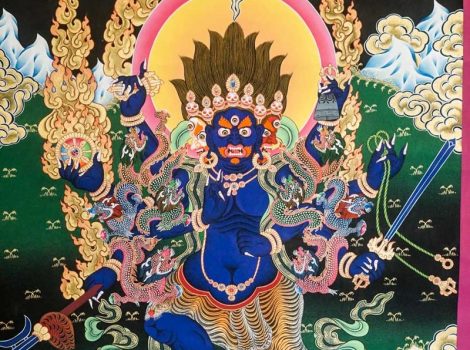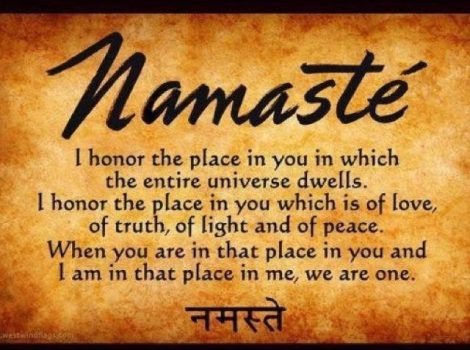
The origin:
It has often mentioned in the textbook and we are made to believe that the current Nepali flag was used on 16 December 1962( Nepali calendar) and it was first adopted by King Prithvi Narayan Shah. This a bit unfair for the past kings or dynasty. It looks as if our history started with the Shah’s and it ended in that only. There were three major dynasty namely Kirat, Licchivi and Malla dynasty. All the major reforms were done during those era, either in a form of huge architectures and many cultures which prevailed among those time.

What we don’t know is this flag had been on all major dynasty, long ahead the time of Shah monarchy. Shaped of the interior changed but the flag itself haven’t changed.
Disassembly of Nepali flags
1. Why is Nepal’s Flag different / ‘Shaped Weird’?
Nepal was never colonized and thus was not influenced by other countries – especially by British rule, who had significant influence in Asia and India. This means the traditional rectangular shaped flag was never introduced to Nepal (or was never forced to use the rectangular shaped flag).
The Flow
A flag represents a free nation and symbolizes a nation’s nationality, national unity, and pride. Almost all the countries are represented by a rectangular or square flag except Nepal. As for the shape of the flag, it is said to have various meanings. With people crediting the shape to representing Buddhism and Hinduism, the two dominant religion.

The meaning
Nepal’s national flag is a combination of two single pennons. There are three colours—crimson red, white and blue in the national flag of Nepal.
The Crimson Red: the red in the national flag of Nepal is the symbol of bravery and represents the colour of Nepal’s national flower, the Rhododendron. The two triangles symbolise the Himalaya Mountains and represent the two major religions in Nepal—Hinduism and Buddhism. The triangular red flag has been a Hindu symbol of victory since Ramayana and Mahabharata. Crimson red in the Nepali flag stands for their victory in war.
Blue: The blue border symbolizes the peace and harmony prevalent in the country since the age of Gautama Buddha, who was born in Nepal. Blue on the border of the flag represents the colour of peace. According to S N Rimal who redesigned Nepal’s Flag in 1962, the blue circumferences represented the sky over the Himalayan mountains.
White in celestial bodies: There are two pennants in Nepal’s flag. The upper pennon has a crescent Moon, and the lower pennon has the Sun. The inclusion of the celestial bodies in white indicates Nepal’s permanence and the hope that Nepal will enjoy the same longevity as the Sun and the Moon. The moon also symbolizes the chilling weather of the Himalayas, whereas the sun symbolizes the warmth and the high temperature of the southern lowlands, Terai. Additionally, the stylized moon represents the calm, demeanor and purity of spirit of the Nepali people, while the stylized sun shows their fierce resolve.

The fact is a European country has never colonised Nepal. The trend of rectangular flags is generated mostly by European nations. Later almost every present-day country got inspired by that when creating their modernised flags. But Nepal kept the original
The triangular design of modernised Nepal’s Flag represents mountains. Those triangles also represent two big religions in Nepal—Hinduism and Buddhism. Also, the country’s flag has remained the same for quite a long period.


There are five corners in the flag of Nepal. Generally, there are only four corners in any other country’s flag. But Nepal’s flag is not the same shape as others. It’s not a rectangle. A Nepali flag contains two merging triangular figures.






